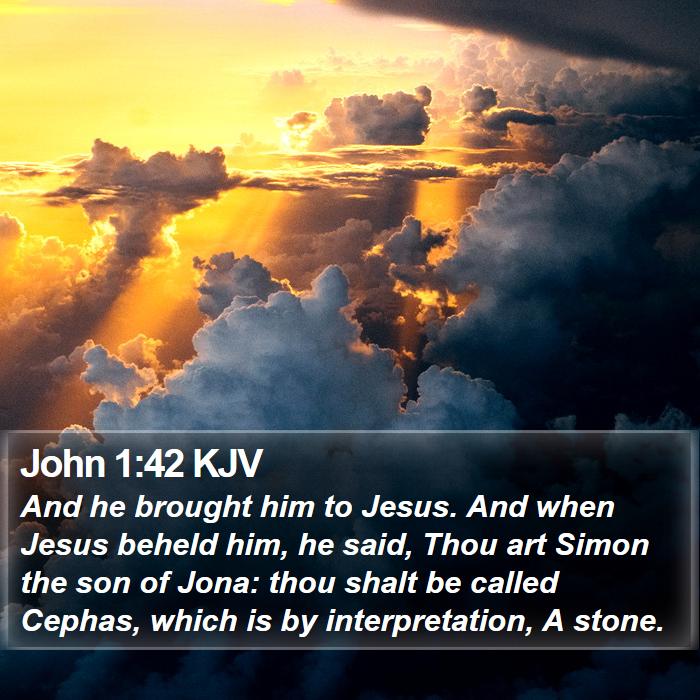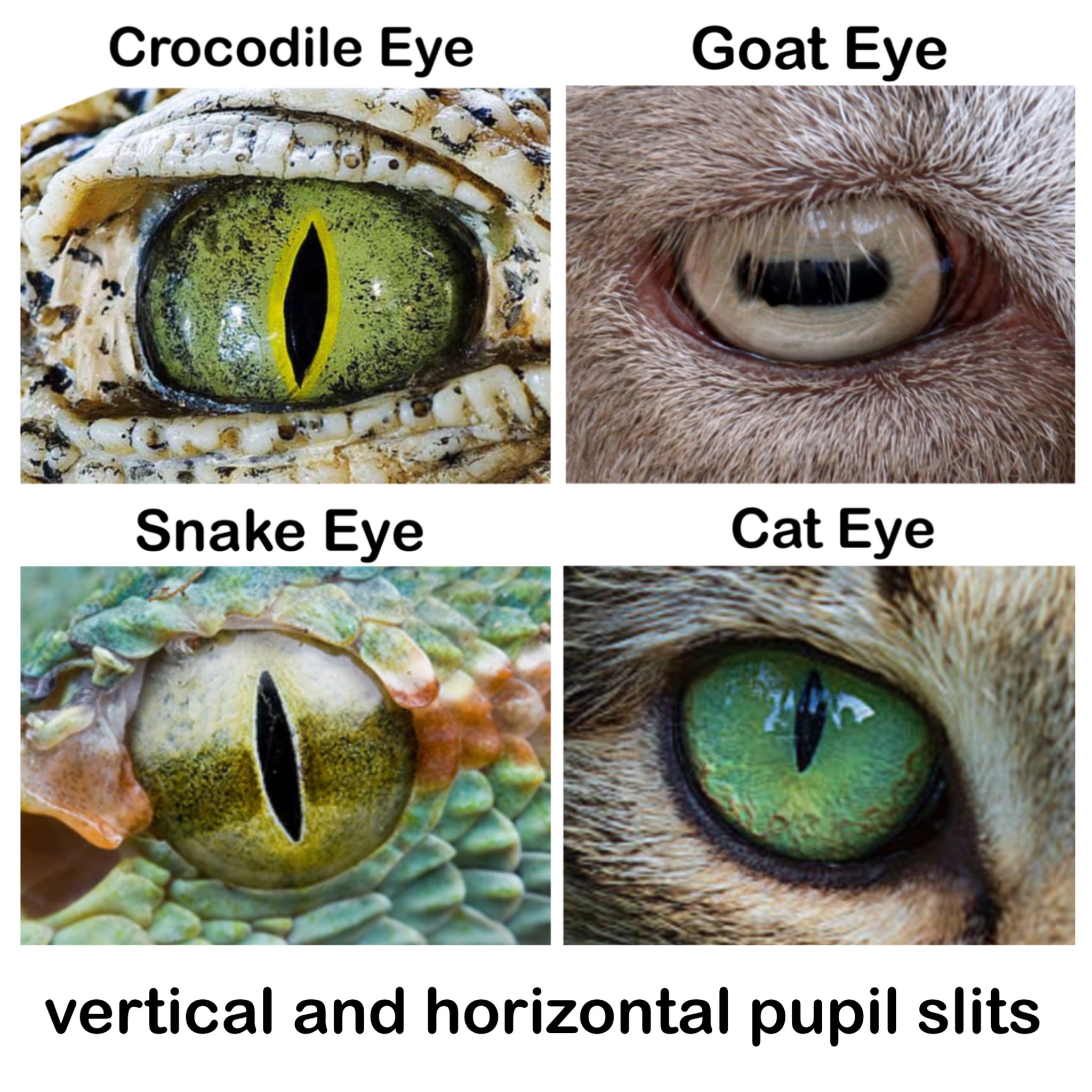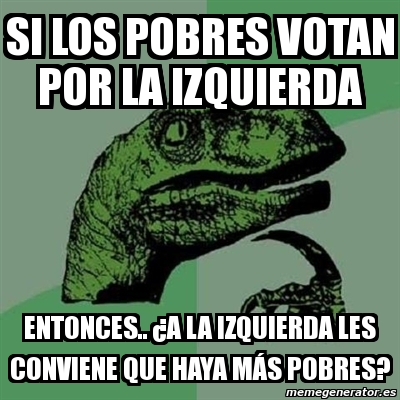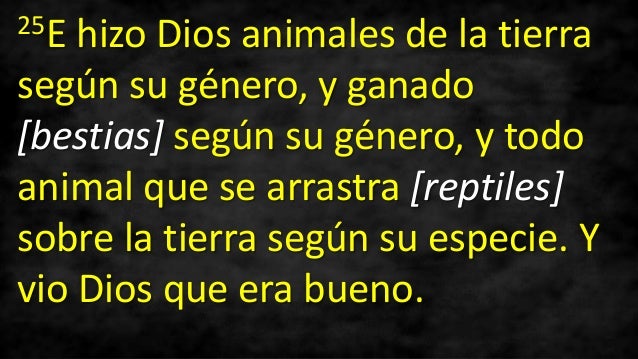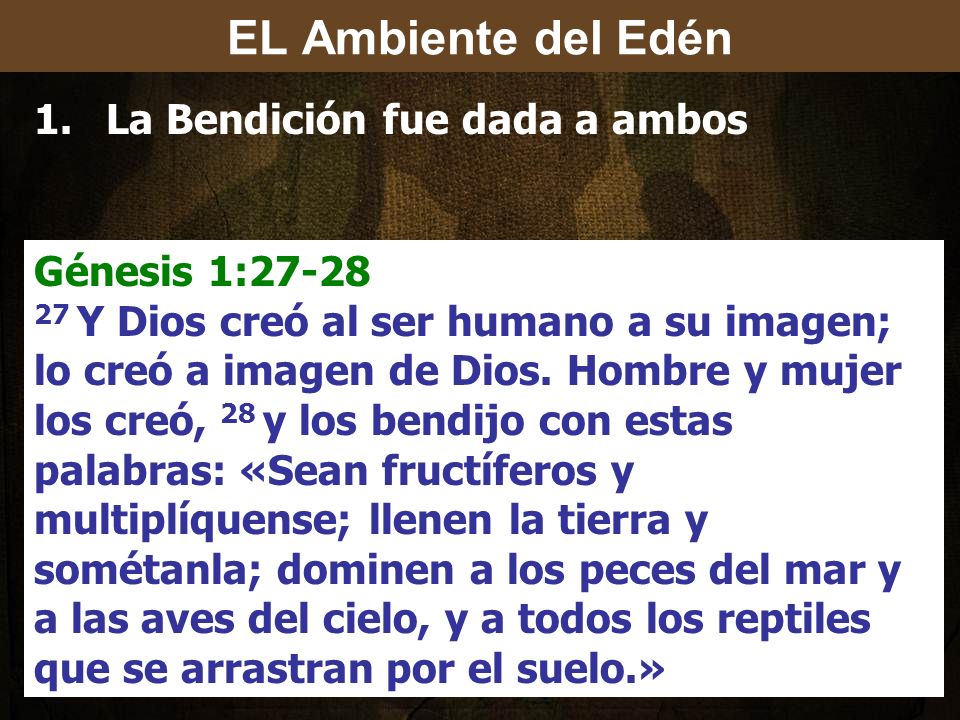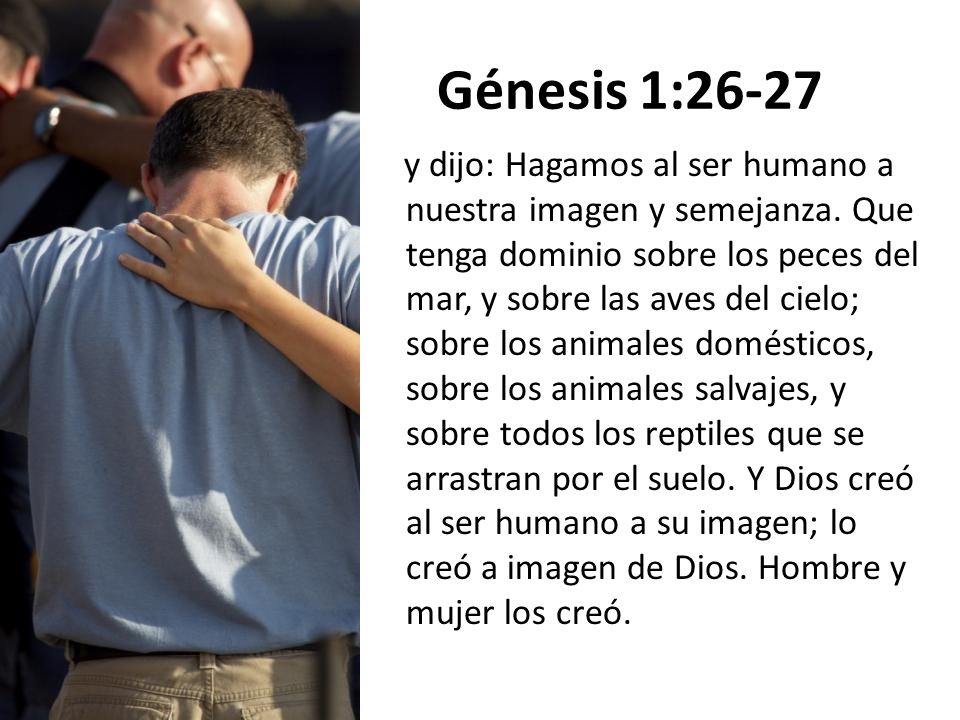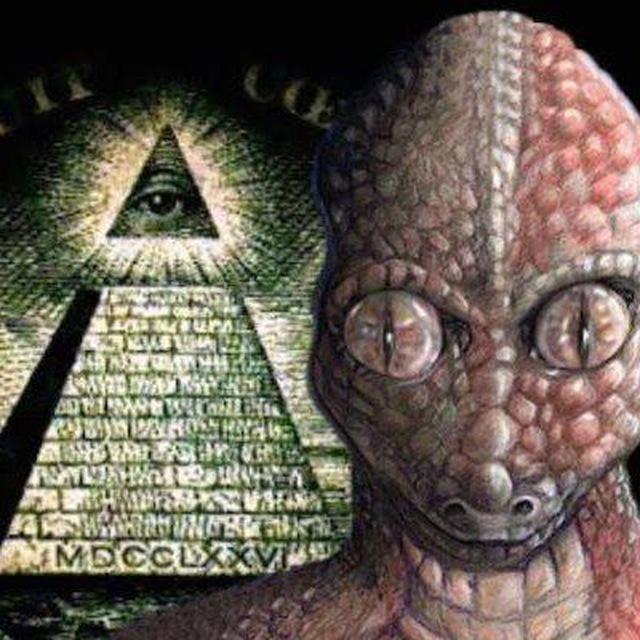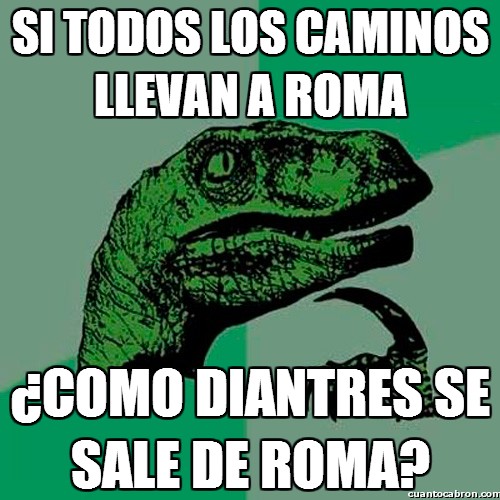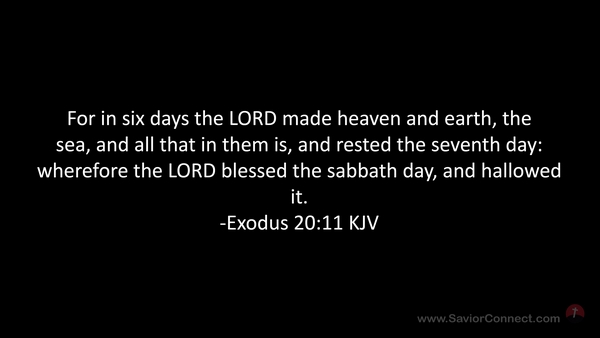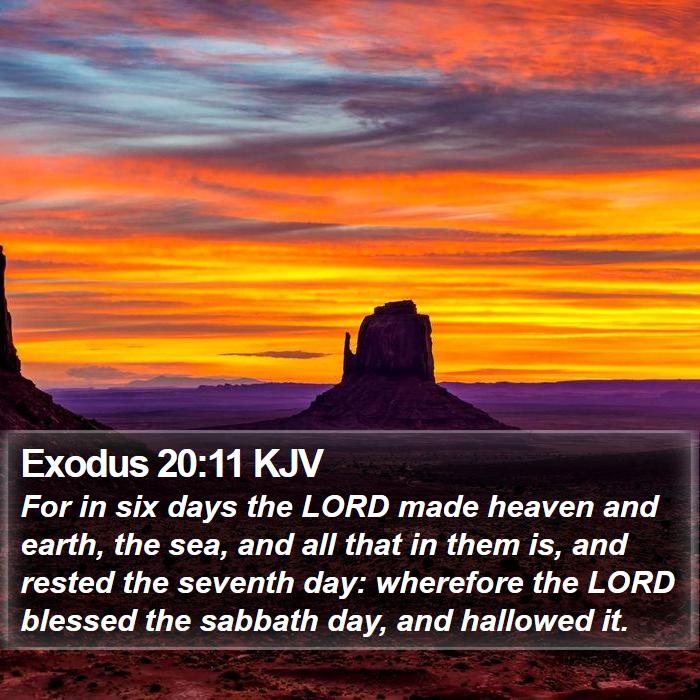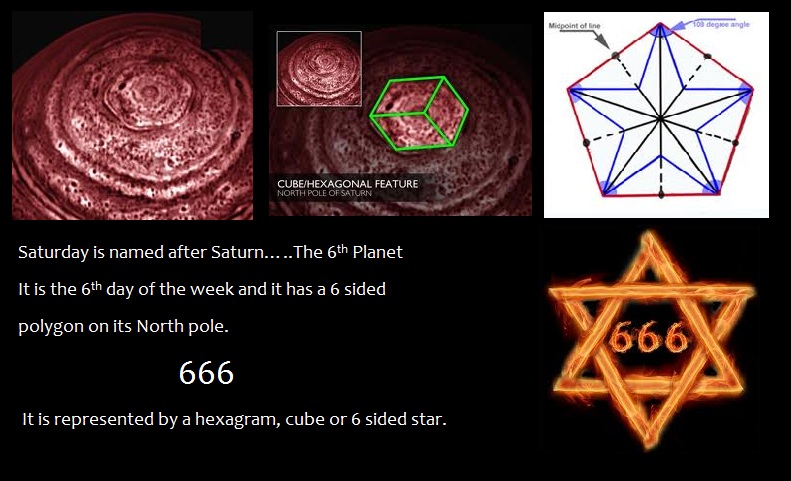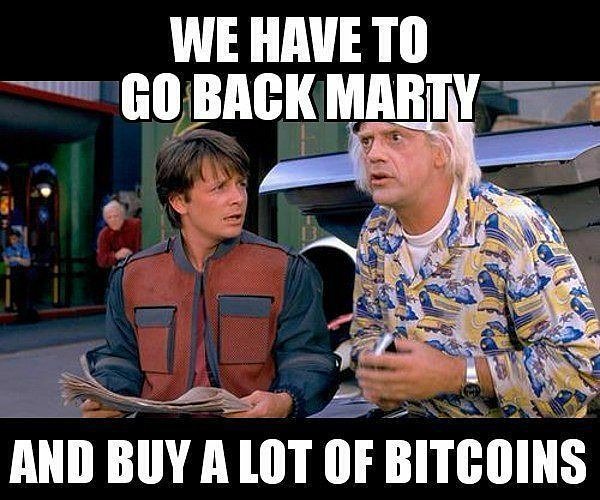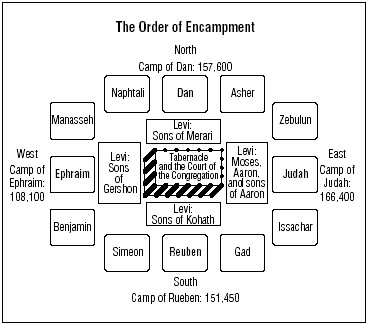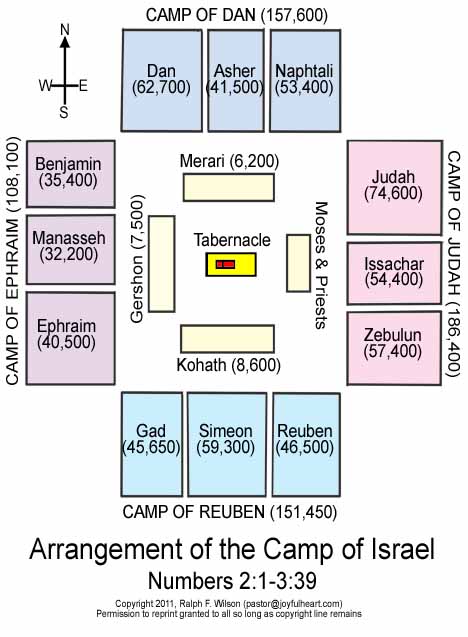|
|
General: VATICANO/CANA SAINT JOHN S GOSPEL SEVEN DAYS WEDDING IN CANA MARY MAGDALENE
Elegir otro panel de mensajes |
|
|
John 1:1-2:1 symbolize the first week of creation which ended on the 7th day with the wedding of Adam and Eve. John's week ends with the wedding in Cana.
| Day #1 |
1:23-28 "This was the witness of John, when the Jews sent to him priests and Levites from Jerusalem..." "This happened at Bethany, on the far side of the Jordan, where John was baptizing." |
| Day #2 |
1:29-34 "The next day..." "I have seen and I testify that he is the Son of God." |
| Day #3 |
1:35-42 "The next day..." "You Simon son of John; you are to be called Cephas-which means Rock."
|
| Day #4 |
1:43-51 "The next day..." "...you will see heaven open and the angels of God ascending and descending over the Son of man." |
| Day #5-6 |
|
| Day #7 |
2:1 "On the third day"...[from the last day which was day 4] there was a wedding at Cana in Galilee." |
Michal Hunt, Copyright © 2003 Agape Bible Study. Permissions All Rights Reserved.
Jesus identifies Himself with the significant and symbolic words: I AM, ego ami, which reminds us of Yahweh's revelation of Himself to Moses3 times as I AM in Exodus 3:13-14. In John's Gospel Jesus will use these words 26 times and in 7 different metaphors [each used with a predicate nominative]:
| 1. 6:35 |
"I AM the bread of life" |
| 2. 8:12 |
"I AM the light of the world" |
| 3. 10:7 |
"I AM the gate for the sheep" |
| 4. 10:11 |
"I AM the good shepherd" |
| 5. 11:25 |
"I AM the resurrection and the life" |
| 6. 14:6 |
"I AM the way and the truth and the life" |
| 7. 15:1 |
"I AM the true vine" |
Michal Hunt, Copyright © 2003 Agape Bible Study. Permissions All Rights Reserved.
St. John will also record four "I AM" statements in which Jesus does not use a predicate nominative:
| "I AM" with predicate nominative |
"I AM" without predicate nominative |
| 1. 6:35 |
"I AM the bread of life" |
1. 8:24 |
"...if you do not believe that I AM, you will die in your sins." |
| 2. 8:12 |
"I AM the light of the world" |
2. 8:28 |
When you have lifted up the Son of man, then you will know that I AM (He)* |
| 3. 10:7 |
"I AM the gate for the sheep" |
3. 8:58 |
"In all truth (Amen, amen) I tell you, before Abraham ever was, I AM." |
| 4. 10:11 |
"I AM the good shepherd" |
4. 13:19 |
"I tell you this now, before it happens, so that when it does happen you may believe that I AM (He)*" |
| 5. 11:25 |
"I AM the resurrection and the life" |
|
| 6. 14:6 |
"I AM the way and the truth and the life" |
|
| 7. 15:1 |
"I AM the true vine" |
|
John’s Disciples Follow Jesus (THIRD DAY)
35 The next day John was there again with two of his disciples. 36 When he saw Jesus passing by, he said, “Look, the Lamb of God!”
37 When the two disciples heard him say this, they followed Jesus. 38 Turning around, Jesus saw them following and asked, “What do you want?”
They said, “Rabbi” (which means “Teacher”), “where are you staying?”
39 “Come,” he replied, “and you will see.”
So they went and saw where he was staying, and they spent that day with him. It was about four in the afternoon.
40 Andrew, Simon Peter’s brother, was one of the two who heard what John had said and who had followed Jesus. 41 The first thing Andrew did was to find his brother Simon and tell him, “We have found the Messiah” (that is, the Christ). 42 And he brought him to Jesus.
Jesus looked at him and said, “You are Simon son of John. You will be called Cephas” (which, when translated, is Peter).
Jesus Calls Philip and Nathanael
43 The next day Jesus decided to leave for Galilee. Finding Philip, he said to him, “Follow me.”
44 Philip, like Andrew and Peter, was from the town of Bethsaida. 45 Philip found Nathanael and told him, “We have found the one Moses wrote about in the Law, and about whom the prophets also wrote—Jesus of Nazareth, the son of Joseph.”
46 “Nazareth! Can anything good come from there?” Nathanael asked.
“Come and see,” said Philip.
47 When Jesus saw Nathanael approaching, he said of him, “Here truly is an Israelite in whom there is no deceit.”
48 “How do you know me?” Nathanael asked.
Jesus answered, “I saw you while you were still under the fig tree before Philip called you.”
49 Then Nathanael declared, “Rabbi, you are the Son of God; you are the king of Israel.”
50 Jesus said, “You believe because I told you I saw you under the fig tree. You will see greater things than that.” 51 He then added, “Very truly I tell you, you will see ‘heaven open, and the angels of God ascending and descending on’ the Son of Man.”
The Empty Tomb
20 Early on the first day of the week, while it was still dark, Mary Magdalene went to the tomb and saw that the stone had been removed from the entrance. 2 So she came running to Simon Peter and the other disciple, the one Jesus loved, and said, “They have taken the Lord out of the tomb, and we don’t know where they have put him!”
3 So Peter and the other disciple started for the tomb. 4 Both were running, but the other disciple outran Peter and reached the tomb first. 5 He bent over and looked in at the strips of linen lying there but did not go in. 6 Then Simon Peter came along behind him and went straight into the tomb. He saw the strips of linen lying there, 7 as well as the cloth that had been wrapped around Jesus’ head. The cloth was still lying in its place, separate from the linen. 8 Finally the other disciple, who had reached the tomb first, also went inside. He saw and believed. 9 (They still did not understand from Scripture that Jesus had to rise from the dead.) 10 Then the disciples went back to where they were staying.
Jesus Appears to Mary Magdalene
11 Now Mary stood outside the tomb crying. As she wept, she bent over to look into the tomb 12 and saw two angels in white, seated where Jesus’ body had been, one at the head and the other at the foot.
13 They asked her, “Woman, why are you crying?”
“They have taken my Lord away,” she said, “and I don’t know where they have put him.” 14 At this, she turned around and saw Jesus standing there, but she did not realize that it was Jesus.
15 He asked her, “Woman, why are you crying? Who is it you are looking for?”
Thinking he was the gardener, she said, “Sir, if you have carried him away, tell me where you have put him, and I will get him.”
16 Jesus said to her, “Mary.”
She turned toward him and cried out in Aramaic, “Rabboni!” (which means “Teacher”).
17 Jesus said, “Do not hold on to me, for I have not yet ascended to the Father. Go instead to my brothers and tell them, ‘I am ascending to my Father and your Father, to my God and your God.’”
18 Mary Magdalene went to the disciples with the news: “I have seen the Lord!” And she told them that he had said these things to her.
Jesus Appears to His Disciples
19 On the evening of that first day of the week, when the disciples were together, with the doors locked for fear of the Jewish leaders, Jesus came and stood among them and said, “Peace be with you!” 20 After he said this, he showed them his hands and side. The disciples were overjoyed when they saw the Lord.
|
|
|
|
|
What did Jesus mean by “upon this rock I will build my church” in Matthew 16:18?
ANSWER
Jesus’ words in Matthew 16:18 are the focus of an ongoing debate over who or what “the rock” is that Jesus mentions. The immediate context contains a question that Jesus put to His disciples: “Who do you say I am?” (verse 15). Peter answers, “You are the Messiah, the Son of the living God” (verse 16), to which Jesus replies, “Blessed are you, Simon son of Jonah, for this was not revealed to you by flesh and blood, but by my Father in heaven. And I tell you that you are Peter, and on this rock I will build my church, and the gates of Hades will not overcome it” (verses 17–18). Is “this rock” on which Christ promised to build His church Peter? Is it Peter’s faith? Is it the truth of Peter’s statement? Or is the rock Jesus Himself? In all honesty, there is no way for us to be 100 percent sure which view is correct. First view: the rock is PeterOne view is that Jesus was declaring that Peter would be the “rock” on which He would build His church. Jesus appears to be using a play on words. “You are Peter [ petros] and on this rock [ petra] I will build my church.” Since Peter’s name means “rock,” and Jesus is going to build His church on a rock, it appears that Christ means to link Peter with the founding of the church. It’s true that God used Peter greatly in the foundation of the church. It was Peter who first proclaimed the gospel on the day of Pentecost ( Acts 2:14–47). Peter was also the first to take the gospel to the Gentiles ( Acts 10:1–48). In a sense, Peter was the rock “foundation” of the church. Second view: the rock is the truth contained in Peter’s statementAnother popular interpretation is that the rock Jesus was referring to is not Peter, but Peter’s statement in Matthew 16:16: “You are the Christ, the son of the living God.” In this view, the “rock” is the truthfulness of that statement—the church is built on the rock-solid truth that Jesus is God’s Chosen One and the eternal Son of God. In confessing Jesus as the Christ, Peter, the “rock,” was demonstrating his own stability as he stood on that truth. He was, in a way, showing his character and why Jesus nicknamed him “Cephas” or “Peter” (see John 1:42). Third view: the rock is Peter’s faithJesus had never explicitly taught the disciples the fullness of His identity, and so it was God who had sovereignly opened Peter’s eyes to that revelation. Jesus marks the source of that truth in Matthew 16:17. Peter’s confession of Jesus as the Messiah and Son of God poured forth from him as a heartfelt declaration of personal faith. Since personal faith in Christ is the hallmark of the true Christian, those who place their faith in Christ, as Peter did, are the church. Peter, writing to believers dispersed through the ancient world, likens them to stones used to build the church: “As you come to him, the living Stone—rejected by humans but chosen by God and precious to him—you also, like living stones, are being built into a spiritual house to be a holy priesthood, offering spiritual sacrifices acceptable to God through Jesus Christ” ( 1 Peter 2:4–5). The faith of believers is what makes them “ living stones” able to be built into the church. Fourth view: the rock is JesusAfter Jesus declares that God the Father had revealed the truth to Peter, He says, “You are Peter, and on this rock I will build my church” ( Matthew 16:18). The word for “Peter,” Petros, is a masculine noun that means “a detached stone, a stone that might be thrown or easily moved” (Zodhiates, S., The Complete Word Study Dictionary: New Testament, AMG Publishers, 1992, p. 1,154). The word for “rock” next mentioned is a different Greek word, petra, a feminine noun that means “a mass of rock” or “a cliff” and therefore something foundational (ibid.; see also Matthew 7:24–25). The difference in the two terms may suggest that Jesus was contrasting Peter with Himself. That is, Jesus was saying, “You are the small rock, but I am the foundation of the church.” This view finds support in other passages that present Christ, not Peter, as the foundation of the church ( 1 Corinthians 3:11) and the life-giving rock ( 1 Corinthians 10:4). Of course, the apostles played a foundational role in the building of the church, but the role of primacy is reserved for Christ alone. So, Jesus’ words in Matthew 16:18 are best interpreted as a simple play on words: a boulder-like, foundational truth came from the mouth of one who was called a small stone. Christ Himself is called the “chief cornerstone” ( 1 Peter 2:6–7; cf. Matthew 21:42). The chief cornerstone of any building was that upon which a building is anchored. If Christ declared Himself to be the cornerstone, how could Peter be the rock upon which the church was built? Believers are the stones that make up the church. They are built upon the foundation of the apostles and prophets (not just Peter) and anchored to the Cornerstone ( Ephesians 2:20). “The one who trusts in [Christ] will never be put to shame” ( 1 Peter 2:6). The Roman Catholic Church argues that Peter is the rock upon which Jesus built His church, confers upon Peter the title of pope, and claims to be the one true church. As we have seen, however, identifying the rock as Peter is not the only valid interpretation of Matthew 16:18. Even if Peter is the rock upon which Jesus promised to build His church, it does not give the Roman Catholic Church any authority. Scripture nowhere records Peter being in Rome. Scripture nowhere describes Peter as being supreme over the other apostles. The New Testament does not describe Peter as being the all-authoritative leader of the early church. The origin of the Catholic Church is not in the teachings of Peter or any other apostle. If Peter truly was the founder of the Roman Catholic Church, it would be in full agreement with what Peter taught ( Acts 2, 1 Peter, 2 Peter).
https://www.gotquestions.org/upon-this-rock.html |
|
|
|
|
Vatican Horoscope
 The Vatican horoscope is based on the restoration of Papal independence on 7 June 1929. The creation of the Vatican City took place “at 11:00 am. on 7 June 1929 when Mussolini, the Italian Prime Minister, and Cardinal Gasparri exchanged the instruments of ratification in Rome.” [1] The Vatican horoscope is based on the restoration of Papal independence on 7 June 1929. The creation of the Vatican City took place “at 11:00 am. on 7 June 1929 when Mussolini, the Italian Prime Minister, and Cardinal Gasparri exchanged the instruments of ratification in Rome.” [1]
With Mars square Chiron in the Vatican astrology chart, Jesus Christ (Chiron) would be very irate. One reason for his anger would be the cover up of the truth about Mary Magdalene (Lilith), shown by Saturn conjunct Black Moon Lilith. From the hiding and destruction of the Gospel of Mary, to her labeling as an “adulteress and repentant prostitute.” This lie to entrench the dominance and power of sick old perverts, was only quietly recanted in 1969, and very quietly at that.
Mary Magdalene was in fact a priestess, some say the husband of Jesus and mother of his children. Her spiritual wisdom and influence over the true Christian Church is shown in the Vatican horoscope by Lilith conjunct the fixed star Polis, which “will indicate more of the high office in spiritual life…someone whose interest and knowledge of things spiritual may be both keen and profound.”
Vatican Horoscope
Why else might Jesus Christ be furious with Vatican? Jupiter square Neptune creates twisted belief systems, lies and deception masquerading as Church doctrine. Neptune on the fixed star Regulus explains the violence committed in the name of religion.
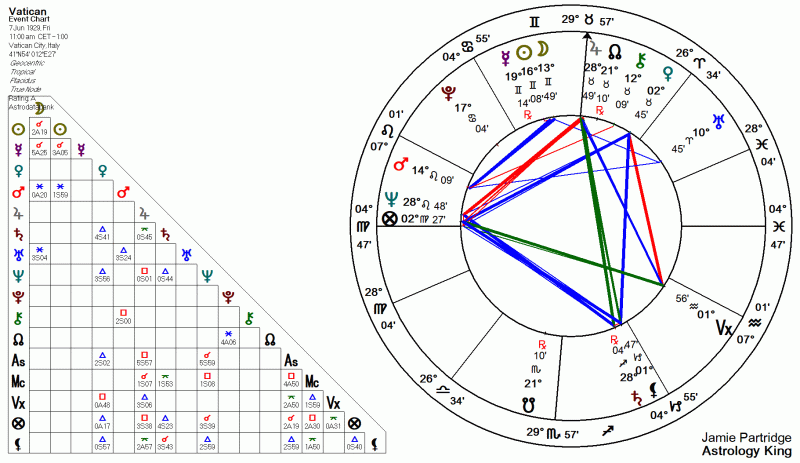
Vatican Astrology Chart
Violence from the beginning. There were the Holy Crusades, where Palestinian parents were forced to watch their children being burnt alive then eaten. The genocide of wise women and those with common sense beliefs in the Inquisitions and Witch Burning. Another genocide occurred not so long ago, and many Nazi’s escaped the gallows thanks to the Vatican Ratlines.
Neptune, ruler of religion, is also conjunct the fixed star Phecda, which explain the sexual perversion of the Vatican. From institutionalized child sexual abuse, to self-flagellation and social engineering via Church laws on contraception. “In conjunction with Neptune and provided relevant configurations with Moon, Venus and Mars are present, it is an indication of a pathological sex nature.”
But wait, there’s still more unacceptable behavior to be found with the Vatican Jupiter square Neptune aspect. Jupiter, which rules the Church, is conjunct the sorrowful fixed star Alcyone. This explain both the homophobia promoted by Church laws, and the endemic homosexuality of the priesthood. With Jupiter in particular, this stars gives “deceit, hypocrisy, legal and ecclesiastical troubles.”
The tragic nature of the Pleiades is exaggerated by Jupiter, and pain and sorrow actually becomes the mission of the Vatican, its goal, with Jupiter culminating in the Pleiades. The Midheaven conjunct Alcyone causes “Disgrace, ruin, violent death. ”
As for the disgrace, well that is well on display for the world to see. What about the ruin and violent death? Most of us a aware by now of the major planetary influence these current years. Uranus square Pluto is forcing major and dramatic upheaval for global organizations, including Opus Dei and it’s Roman Catholic Church. The Vatican started experiencing its first Uranus return in 2013.
Not only has the Uranus return been exposing all the hidden abominations in the Vatican horoscope, but transiting Pluto square the Vatican Uranus has been stripping the Vatican of its influence and power, perhaps even financial power with any luck. Transiting Pluto square the Vatican Uranus carries on for the entirety of 2014. The final exact Uranus return is on 24 March 2014, just a week before the March 30 New Moon, “There may be some changes or unexpected news from the Vatican, as this new moon is conjunct the asteroid Vaticana.”
References
1. Book of World Horoscopes, Nicholas Campion, 1988, p.360.
https://astrologyking.com/vatican-horoscope/ |
|
|
|
|
|
|
 Vesica piscis Vesica piscisTAURO/TORO/PLEYADES/7 COLINAS DEL VATICANO
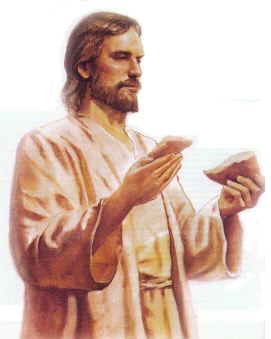 Fermentation - nigredo - bread and wine of Christ
|
|
|
|
|
|
|
|
ALCHIMIA E MASSONERIA A VENEZIA - SECONDA PARTE
La Chiesa di Santa Maria Maddalena a Cannaregio
SULLE TRACCE DI SIMBOLI E LUOGHI DI TRADIZIONI INIZIATICHE
La Chiesa di Maria Maddalena, a Cannaregio, è l’edificio più rappresentativo del potere e della ricchezza di alcune famiglie appartenenti alla Massoneria veneziana, che riuscirono a far costruire il tempio secondo i criteri di questa associazione.
L’architetto ed erudito Tommaso Temanza, confratello di un’importante loggia massonica, nel 1763 progettò l’edificio con pianta circolare, in stile neoclassico e fece incidere sull’architrave della porta uno dei simboli più caratteristici della Massoneria: l’occhio all’interno di un cerchio iscritto in un triangolo.
Al di sotto la scritta ‘SAPIENTIA AEDIFICAVIT SIBI DOMUM’, inneggiante alla divina sapienza.
All’interno della Chiesa molti sono i richiami espliciti all’associazione e la stessa tomba del Temanza porta incisi sulla lapide la squadra, la riga ed il compasso, strumenti-simbolo che ne attestavano l’appartenenza alla Massoneria (i confratelli, tra loro, si chiamano ‘muratori’).
https://evenice.it/blog/curiosita/alchimiamassoneria-venezia2.html?fb=v3
 
   |
|
|
 Primer Primer
 Anterior
11 a 25 de 25
Siguiente Anterior
11 a 25 de 25
Siguiente
 Último
Último

|
|
| |
|
|
©2024 - Gabitos - Todos los derechos reservados | |
|
|
 The Vatican horoscope is based on the restoration of Papal independence on 7 June 1929. The creation of the Vatican City took place “at 11:00 am. on 7 June 1929 when Mussolini, the Italian Prime Minister, and Cardinal Gasparri exchanged the instruments of ratification in Rome.” [1]
The Vatican horoscope is based on the restoration of Papal independence on 7 June 1929. The creation of the Vatican City took place “at 11:00 am. on 7 June 1929 when Mussolini, the Italian Prime Minister, and Cardinal Gasparri exchanged the instruments of ratification in Rome.” [1]
